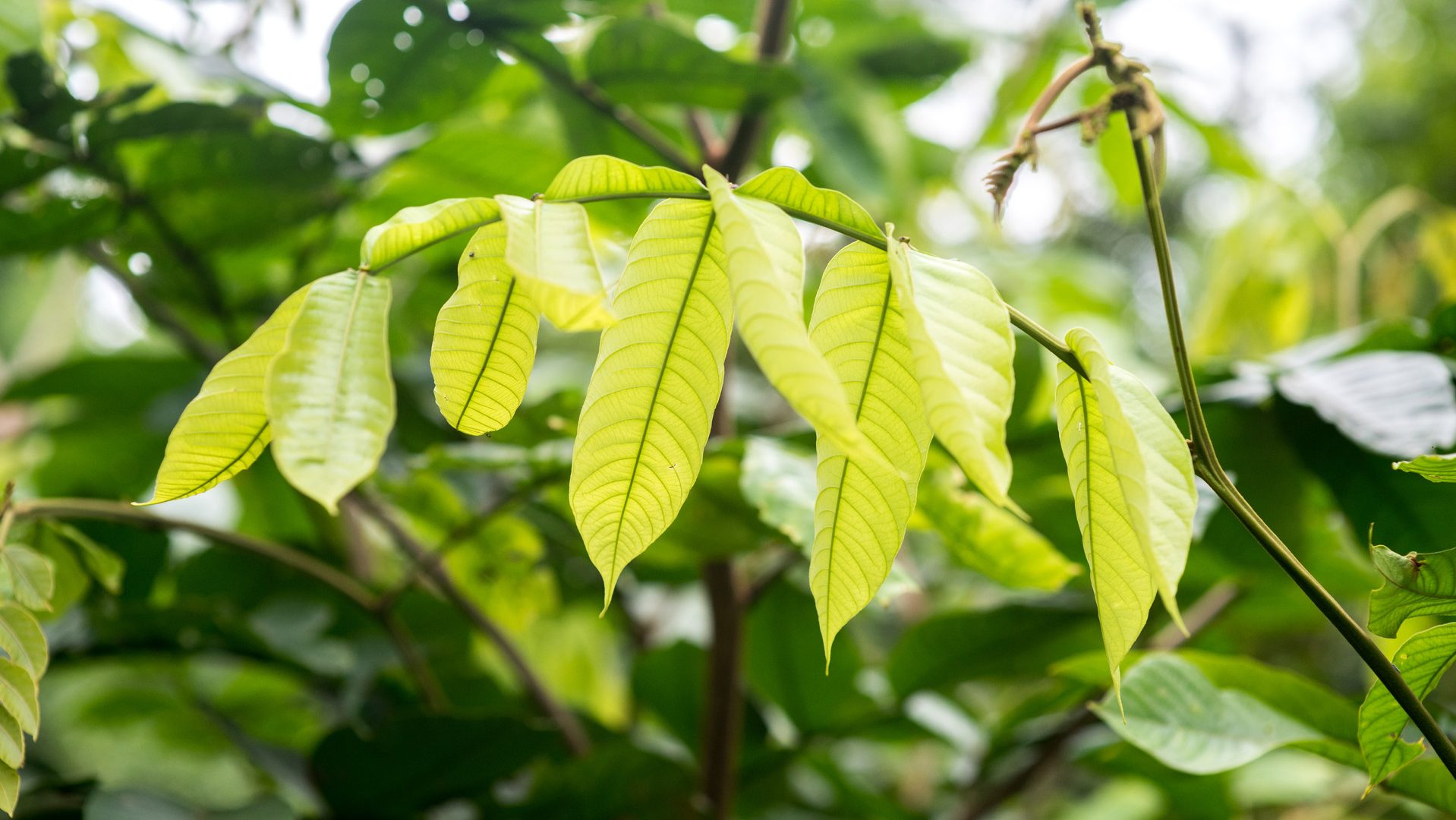The World Health Organisation estimates that 3.5 billion people rely on plants for health and medicine around the world. This includes the people from Cool Earth’s community partnerships.
Most of the people we partner with are located in remote villages who often don’t have access to ‘traditional Western medicines’. Instead, they have their own rainforest medicines derived from plants around them.
Rainforest Medicine
Cool Earth works with 16 Asháninkan villages in Peru’s Ene Valley. The Asháninka use over to cure a number of ailments. The majority of these plants are found in the forest or by river banks. One of these rainforest plants is the Uña de Gato, which translates to Cat’s Claw, referring to the curved thorns of this woody vine.
The inner bark and root of the vine have been used for centuries as they contain high levels of alkaloids that have a number of health benefits, including healing wounds, reducing swelling and stopping the spread of viruses.
Home Grown Medicine
But, it’s not just plants in the rainforest that are used for medicine, the Asháninka also have their own home gardens where they are able to cultivate plants for food and medicinal purposes.
On a recent trip to Peru, our Programmes Team visited our partners in the remote village, Tankoari. As part of our nutrition project, they have started their own home gardens in which they have decided to grow plants they can use for medicine.
The main plants they currently grow are ginger and turmeric. These plants provide the village with natural anti-inflammatories, antioxidants and nausea relief meaning they don’t need to rely on what we would class as ‘traditional methods’.
We’re working with them to find the best plants to grow to keep the Asháninka healthy, so they can keep the forest standing.
Keep Natures rainforest chemist standing today

